The Story of Mineko Iwasaki, Japan's Most Famous Geisha
By Pictolic https://pictolic.com/article/the-story-of-mineko-iwasaki-japan39s-most-famous-geisha.htmlThe dramatic film "Memoirs of a Geisha" by director Rob Marshall is familiar to many. Far fewer have read Arthur Golden's book, on which the script was based. Even fewer know the true story of Japan's most famous geisha. Yes, in fact, the book and the film are based on the biography of a real woman, Mineko Iwasaki, who even sued Golden, accusing him of disclosing personal information and, by the way, won the case.
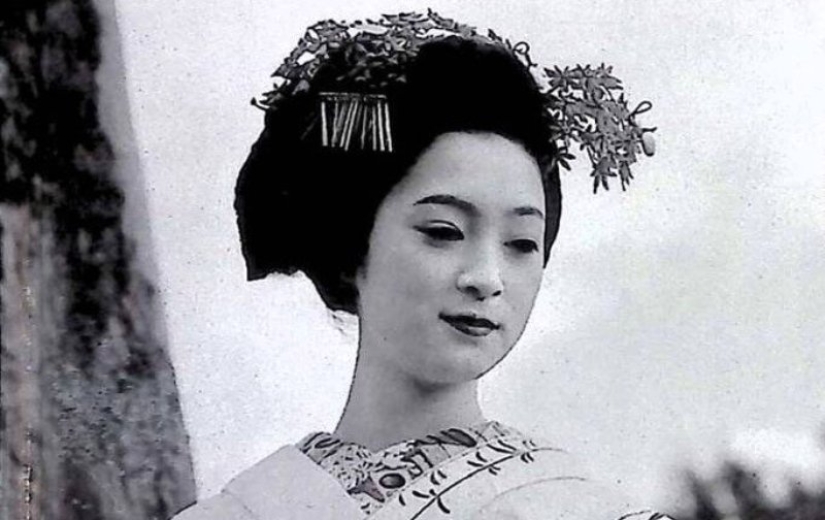
The first "red light district" in Japan appeared in Edo (now Tokyo) in 1617. Its creation was initiated by the owner of a brothel, Shoji Jin'emon. Before that, girls provided services in baths and tea houses. In 1612, Shoji submitted a petition to the authorities to create a special district for sex industry establishments, which was soon approved.
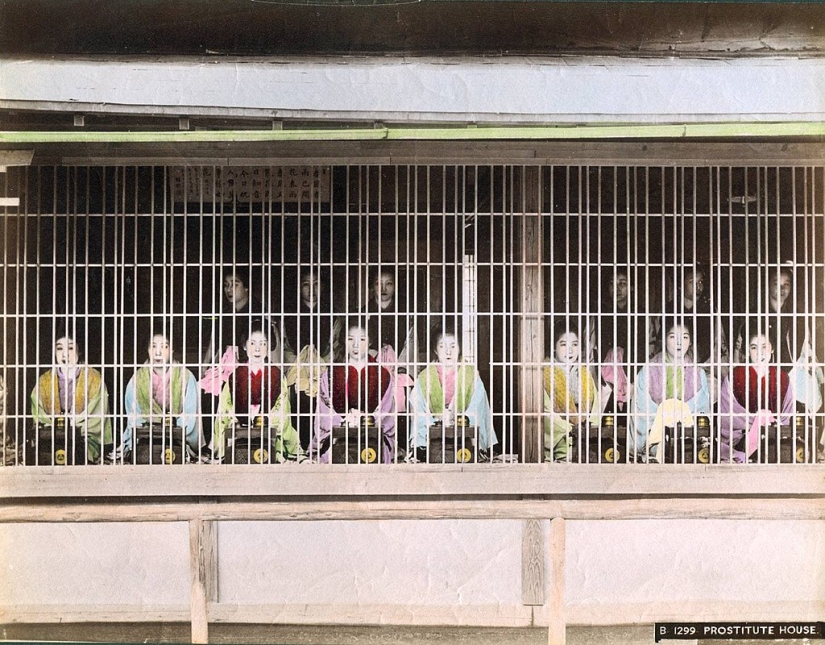
Jin'emon carefully thought out his appeal to the authorities. In the letter, he made a convincing argument, stating that he cared about the moral character of the city's residents and visitors. The cunning man claimed that the open presence of prostitutes corrupted society and undermined morality. In addition, he proposed to place all the sex workers in one place in order to establish control over them. As an additional argument, Shoji even suggested using geisha for espionage.
In 1617, officials allocated 2.5 hectares of land for the establishment of brothels. Jin'emon himself was appointed head of the brothel district, keiseimatinanushi. The new district, called Yoshiwara, was more reminiscent of a concentration camp than a pleasure district. It was surrounded by high walls and a moat. Girls were allowed to leave the area only in exceptional cases: to visit a doctor, in the event of the death of a close relative, or to accompany a client during the cherry blossom viewing festival.
By the 18th century, the female population of Yoshiwara had reached 1,750, accounting for half of all sex workers in Japan. Girls who tried to work independently, outside the neighborhood, were caught and brought to Yoshiwara. But most women ended up there for completely different reasons. Many were sold to brothels by their own parents, and orphans often ended up there because they had no other way to survive.
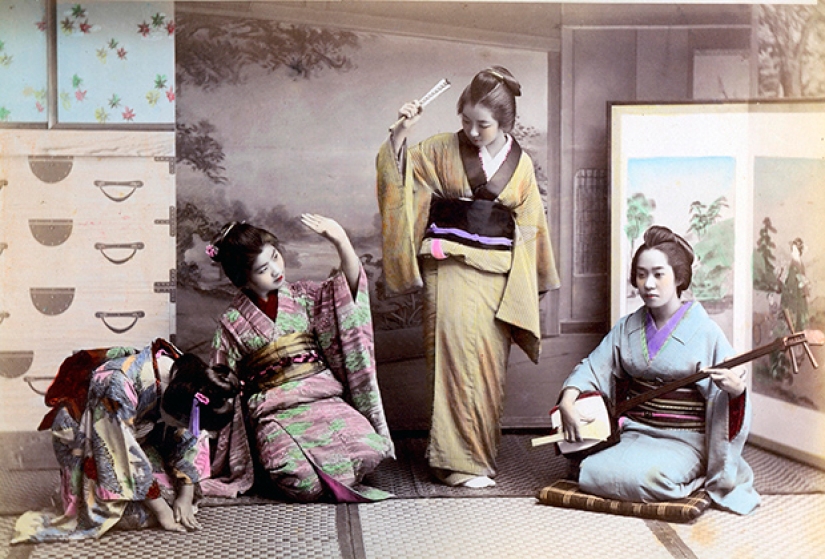
Sometimes women from noble families ended up in Yoshiwara - they were sent there for various offenses. Among the workers of the quarter there were also married women who, with the consent of their husbands, did so in order to improve the financial situation of the family. There were also runaway wives or women who were disappointed in life and sought refuge.
Most of the girls sat on the verandas so that they could be seen from the street, and the most expensive ones were inside the houses. Men walked along the streets of the district, built up with brothels, and chose a companion. Visitors to Yoshiwara were forbidden to carry weapons - this rule was supposed to prevent conflicts over women. In addition, it was believed that accidentally falling into the hands of a fallen woman could induce them to commit suicide.
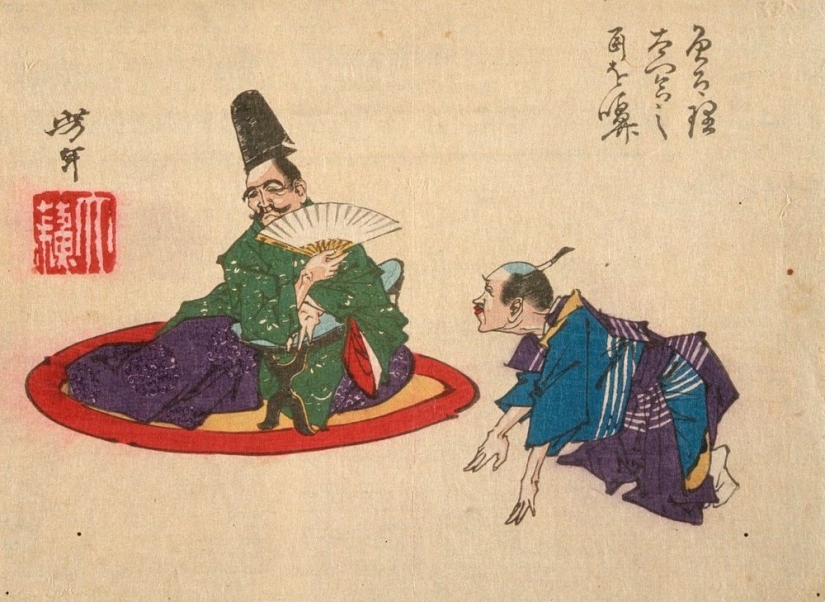
Yoshiwara was not the only place where yoji, or prostitutes, worked. While waiting for sex, men spent their time drinking sake, chatting, and playing board games. They were accompanied by geisha or geisha, men specially trained to entertain guests. They sang, danced, recited poetry, and kept up a conversation. The first female geisha appeared only in the mid-18th century.
Female geisha quickly gained popularity. In patriarchal Japanese society, men could rarely communicate with women outside the circle of relatives and wives. Geisha always looked impeccable: they told fascinating stories, sang, joked and played musical instruments, creating an atmosphere of refined leisure.
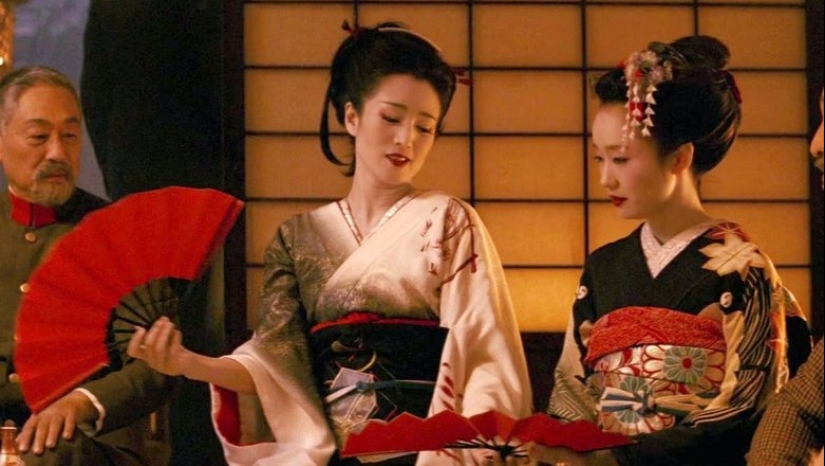
Today, it is often claimed that geisha were not engaged in prostitution, but this is not entirely true. Women of this profession were divided into two categories: shiro-geisha ("white geisha") and korobi-geisha ("tipping geisha"). The former were engaged exclusively in entertaining clients, while the latter could, at their own discretion, enter into intimate relations with men.
In 1779, a law was passed that clearly differentiated the activities of geishas and prostitutes. From that moment on, geishas were forbidden to be near men who visited brothels in search of intimate services. Their clients were people who valued not physical intimacy, but communication with a refined, intelligent and talented interlocutor.
Masako Tanaka, later known as Mineko Iwasaki, was born on November 2, 1949, in Kyoto. Her parents were broke aristocrats. Her father, Shinezou Tanaka, owned a shop selling hand-painted kimonos. There were 11 children in the family, and money was always in short supply. As a result, Shinezou occasionally sold his daughters to brothels.

First, this fate befell the older sisters - Yaeko, Kikuko, Kuniko and Tomiko, and then 5-year-old Masako. All the girls were bought by the geisha house "Iwasaki okiya". Masako was lucky: she was noticed by the owner of the establishment, Madame Oima. She decided to adopt the girl and make her her heir. Masako's father was against it - he did not want his youngest daughter to become a geisha, and planned to buy her out over time. However, Oima managed to convince him. Masako became her daughter and received a new name - Mineko Iwasaki.
The training for the profession began at the age of 6 years, 6 months and 6 days, as required by tradition. Mineko was assigned a mentor - an experienced geisha. The girl was taught traditional dances, playing the shamisen, calligraphy and the art of the tea ceremony. She studied general education subjects in a regular school.
Mineko's debut as a geisha took place in her teens, but it was unsuccessful. The young girl, weighing only 36 kilograms, could barely move in a 19-kilogram kimono and high sandals. On her second appearance, she completely forgot about her role, running to the display case with dolls. Fortunately, the guests accepted this childish spontaneity with a smile, and the incident went without consequences.
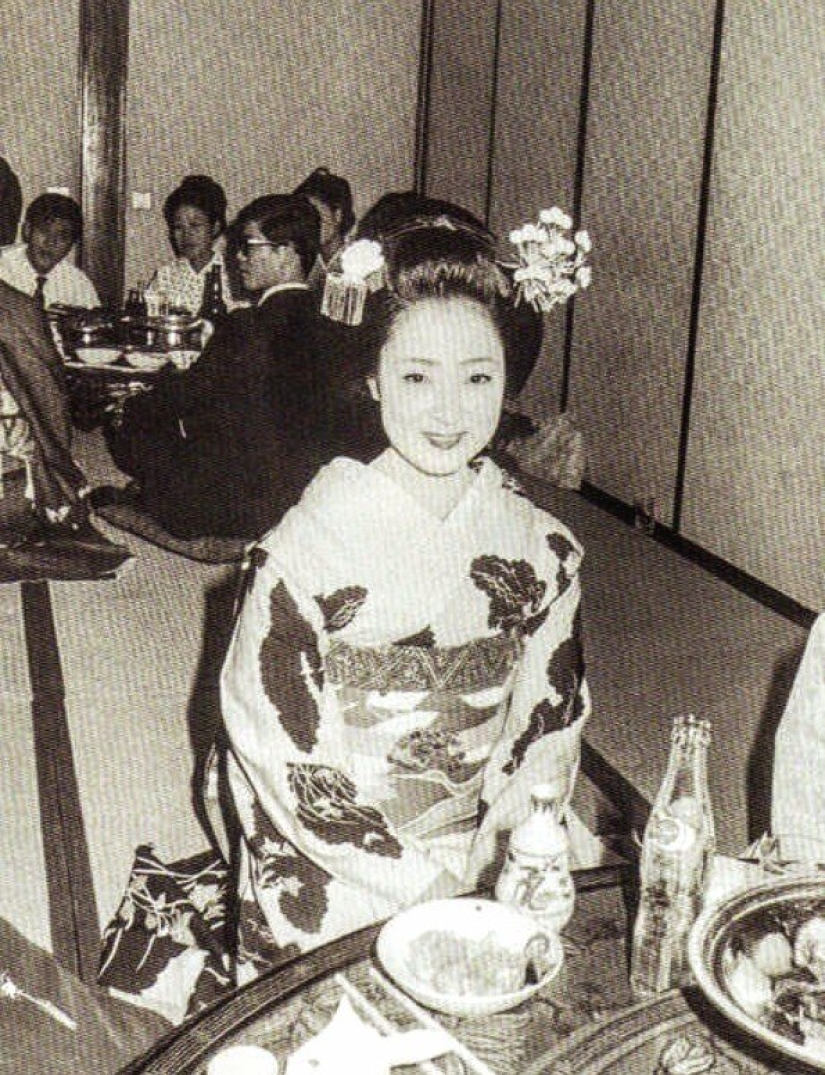
Over time, everything improved, and Mineko quickly became the star of the Yoshiwara district. She was invited to many parties, and she tried to be there. Even high-ranking guests wanted to see the famous geisha: she entertained President Gerald Ford, Prince Charles and Queen Elizabeth II.
Mineko was not impressed by the British royals. They seemed arrogant to her because they refused to try the food served at the table. In her memoirs, Iwasaki wrote:
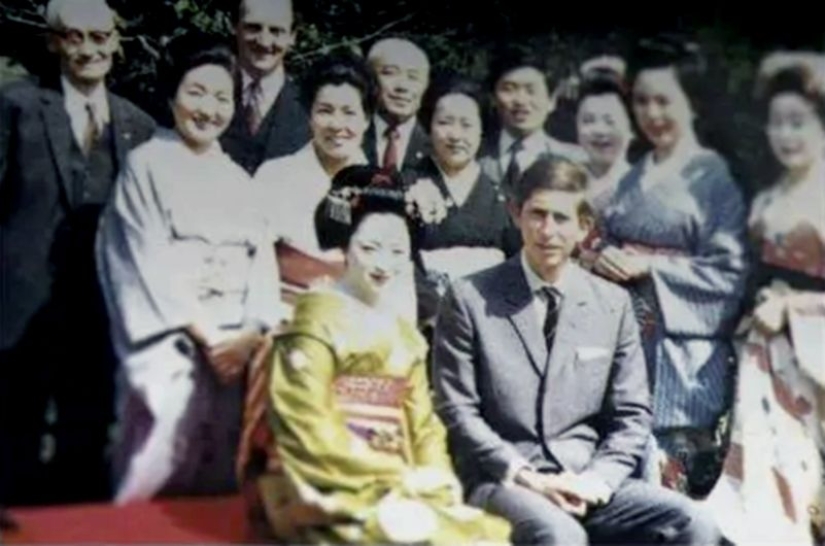
Prince Charles had done something that Mineko thought was downright tactless. He had asked a geisha for her fan and had signed it without being asked. It was Mineko's favorite fan, and after that she could no longer use it.
Mineko Iwasaki was beloved by her clients, but her success was the envy of her colleagues. Other geisha often played tricks on her, such as hiding needles in the hem of her kimono. Even more dangerous were her rejected suitors. They would stalk Mineko on the streets, threaten her with rape and murder, and once even attacked and beat her.
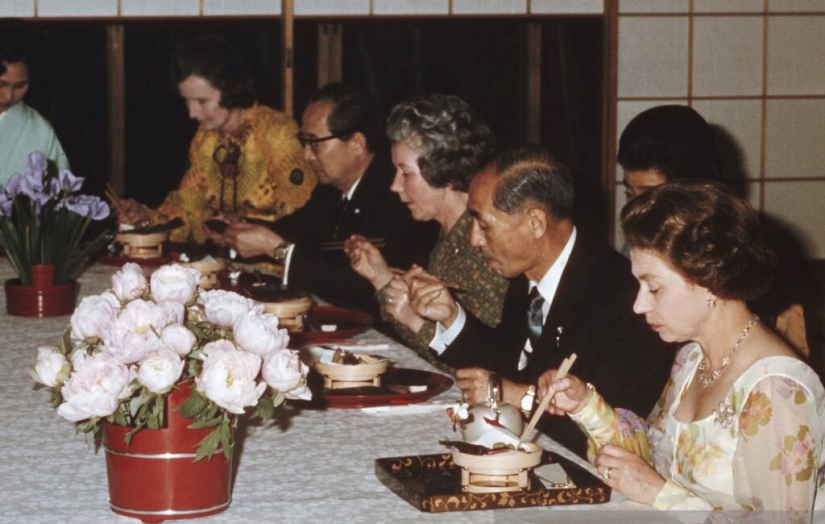
Having earned enough money, Mineko rented an apartment and moved out of the geisha house "Iwasaki okiya". But she could not live alone for long. It turned out that Mineko was completely unsuited to independent life. She did not know how to cook or cope with basic household chores. She was simply never taught this. In the end, she returned back to the "okiya".
The work of a geisha began early in the morning and ended well after midnight. Mineko managed to sleep only about three hours a day. After eight years of such an exhausting schedule, her health seriously deteriorated: she began to have kidney problems that almost cost her her life. There was no time left for a personal life. At 21, she fell in love and learned to separate work from personal life. Her chosen one was the famous actor Shintaro Katsu.

Shintaro Katsu was twice Mineko's age and was married. It was with him that the geisha lost her virginity. Love had a strong effect on Mineko: she literally glowed with happiness, which even affected her dances, which became even more expressive. Their affair lasted for six years, but Katsu never kept his promise to divorce and marry Mineko.
At the age of 29, Mineko Iwasaki decided to end her career as a geisha. Despite her youth, attractiveness and immense popularity, she felt morally exhausted, like a very old woman. Another reason for leaving was the strict restrictions in the profession. Mineko loved dancing, but the rules of geisha did not allow her to expand her repertoire. In addition, she could not choose her own outfits and accessories, which greatly suppressed her creative nature.
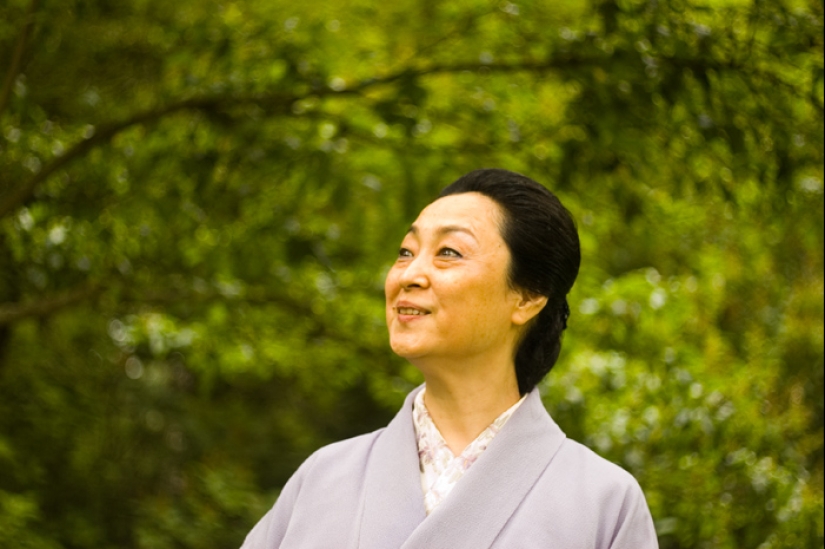
Mineko left the profession not only because of personal fatigue, but also to draw attention to the strict rules that reigned in the industry. Her action was supported by 70 other geishas, who also left their jobs. Unfortunately, their demonstrative departure did not change anything - the centuries-old traditions remained unshakable.
At the time of her retirement, Mineko was already the owner of the Iwasaki Okiya geisha house, which she inherited. She soon decided to close the establishment and demolish the building, finally breaking ties with the past. On the vacated site, Mineko built a new three-story building, which housed a club and a restaurant. She could afford such an investment, because as a geisha she earned up to half a million dollars a year and was quite wealthy.
While running her business, Mineko met her destiny - designer and artist Jinichiro Sato. He persistently sought her favor and eventually became her husband.

Before the wedding, Mineko made an unusual condition to her fiancé: if she became bored in the marriage, he would have to agree to a divorce without argument. The wedding took place in 1982, and a year later the couple had a daughter, Kosuke.
The family built a house in the suburbs of Tokyo, where Mineko was finally able to devote time to her favorite hobbies - dancing and drawing. Now she is 73 years old, and she lives in harmony with her husband, enjoying family happiness.
Mineko Iwasaki's story is a reminder that even the most brilliant career can hide significant difficulties. What do you think about the geisha profession and its role in Japanese culture? Share your opinion in the comments!
Recent articles

Illustration kouki beaches Ikegami (Ikegami Kouki) look like concept art for a great anime movie. The artist's attention to detail ...

Although dogs and cats live on land and perfectly tamed, in dogs, it turns out, have more in common with mammals than with their ...

In the fridge is also necessary to restore order! Knows any hostess. Agree, it is inconvenient to try to get a piece of cheese from ...